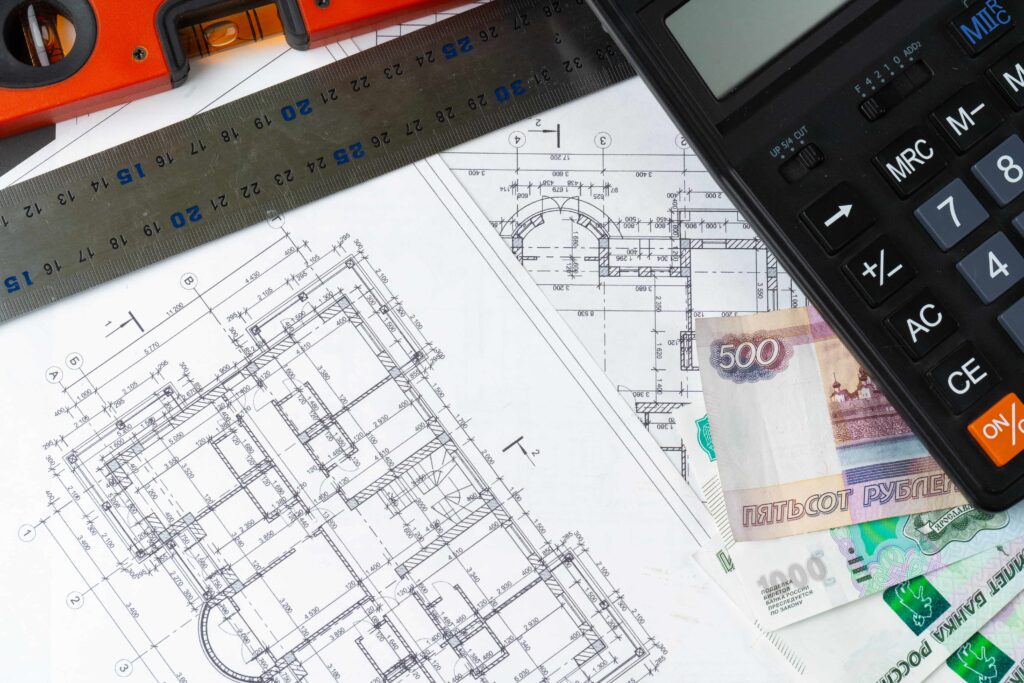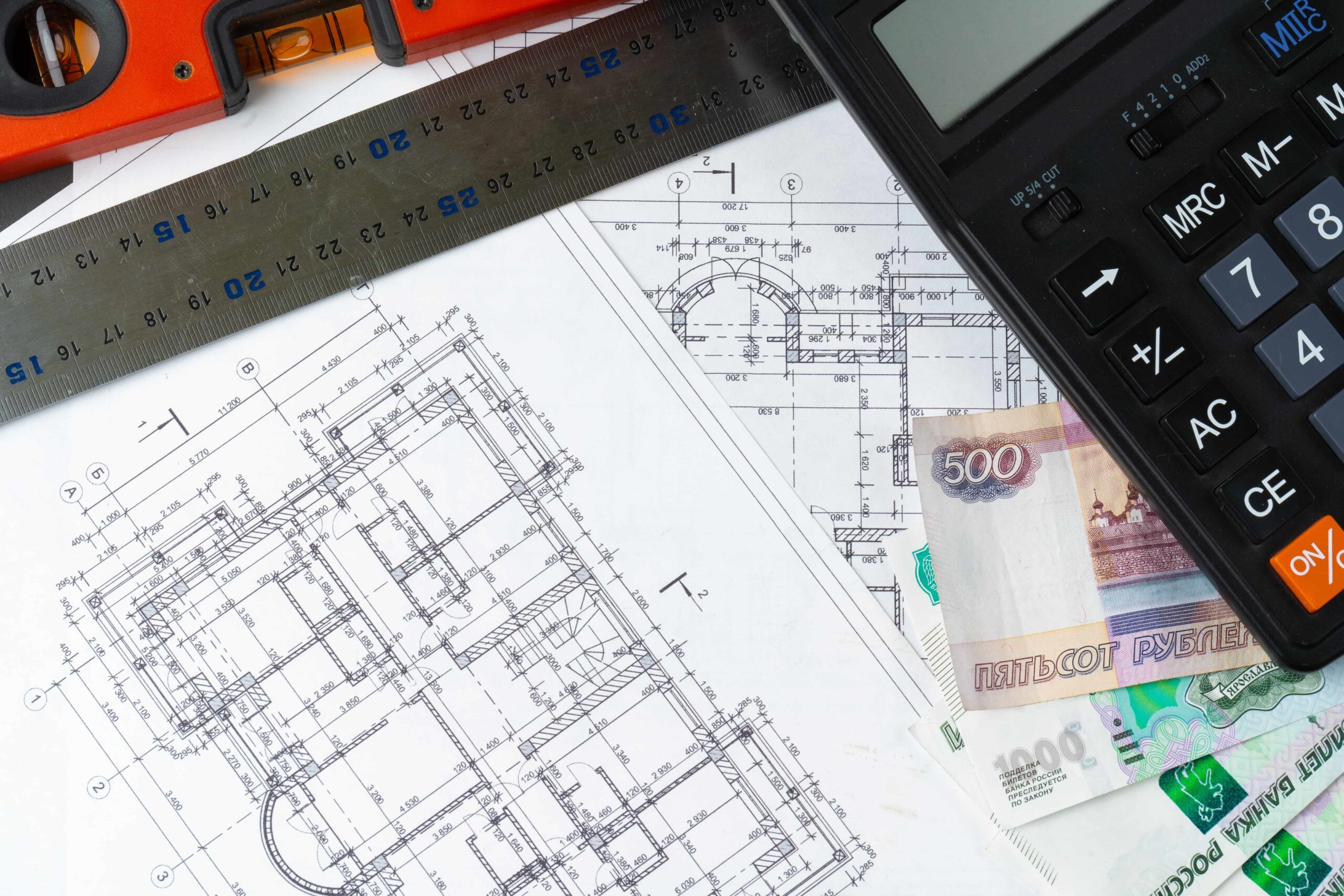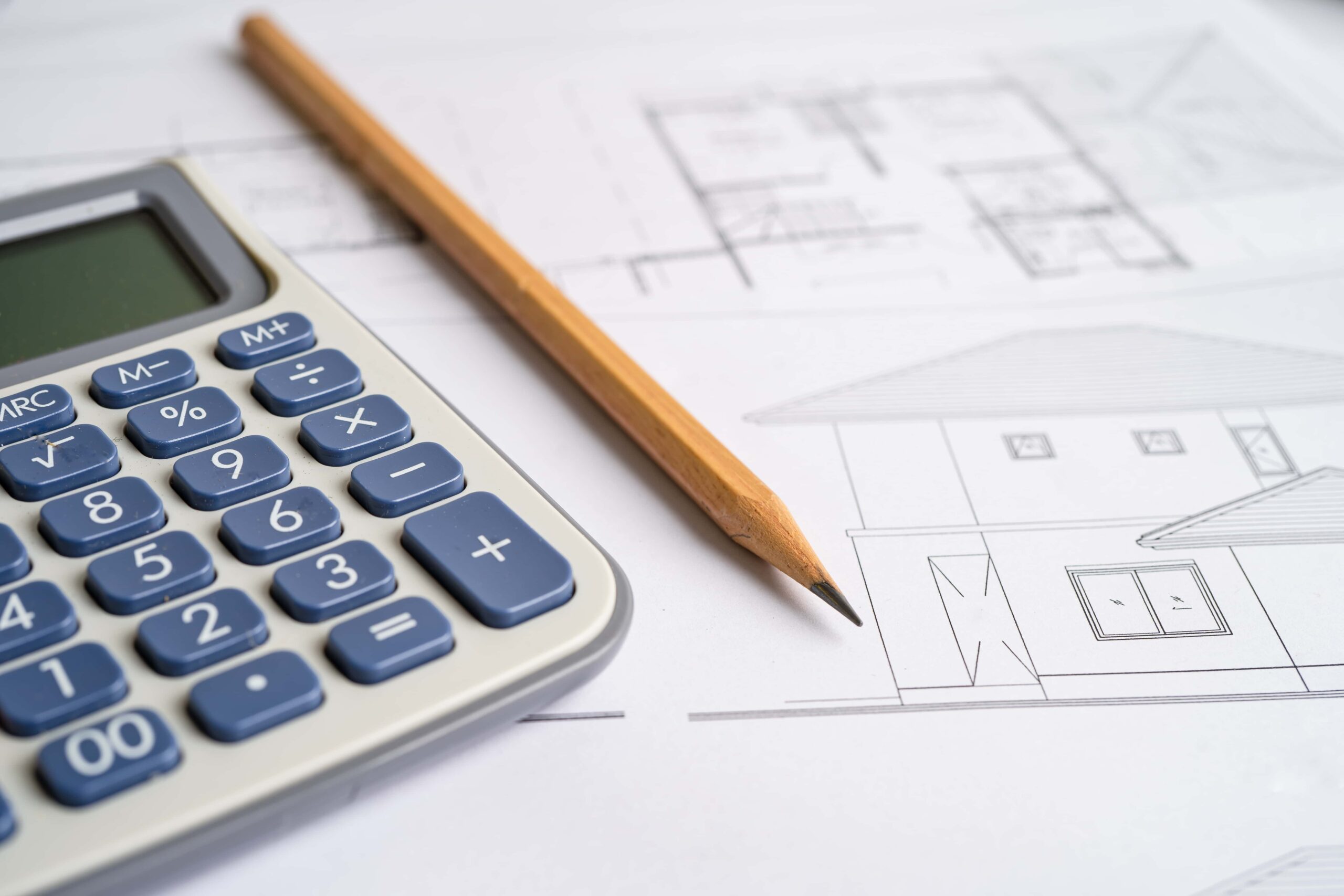
In New York City’s dynamic construction sector, accuracy and efficiency are the cornerstones of success. Whether managing a residential renovation or a large-scale public project, the estimation cost serves as the backbone of every financial decision. It’s not merely a figure on a spreadsheet it’s the outcome of data, analysis, and expertise working together to forecast a project’s financial reality.
At True Bid Data, we understand that reliable estimation cost data gives contractors, developers, and architects the clarity they need to make informed, profitable decisions in a fast-paced market like NYC.
What Is Estimation Cost in Construction?
The term estimation cost refers to the predicted financial requirement to complete a project based on material quantities, labour rates, equipment, and overheads. It represents the bridge between design intent and construction feasibility.
In practice, estimation cost is a multi-stage process that starts with concept-level forecasts and evolves into detailed estimates as the design matures. Each stage helps project teams anticipate financial needs, allocate budgets, and assess project viability before breaking ground.
The Role of Estimation Cost in NYC Projects
New York City construction comes with unique challenges tight sites, labour regulations, fluctuating material prices, and complex permitting. Without an accurate estimation cost, projects risk delays, financial strain, or disputes between stakeholders.
For example, a minor underestimation in façade restoration or roofing material pricing can cascade into significant overruns when combined with NYC’s prevailing wage requirements. A strong estimation framework ensures teams plan realistically and mitigate risks before they become costly issues.
Data-Driven Estimation for Modern Construction
Modern estimation cost practices rely heavily on data. Traditional intuition and historical averages are no longer sufficient in an evolving market like New York City. True Bid Data advocates for an analytical approach that integrates:
- Real-Time Market Analytics – Tracking live material costs and supply availability.
- Labour Rate Modelling – Accounting for NYC’s non-union, union, and prevailing wage structures.
- Historical Project Benchmarks – Using completed NYC projects to refine cost assumptions.
- Predictive Forecasting – Applying data science to anticipate price changes or material shortages.
By combining these insights, contractors and estimators can ensure their estimation cost reflects real-world conditions not outdated averages.
Components That Shape Estimation Cost
Accurate estimation requires detailed evaluation across multiple cost categories:
- Materials – Pricing for concrete, steel, glass, finishes, and mechanical systems depends on vendor rates and market demand.
- Labour – Skilled trades in NYC vary widely in rate and productivity. Understanding local wage laws and productivity benchmarks is essential.
- Equipment and Logistics – Urban construction often demands special handling, lifts, or restricted access solutions.
- Overheads and Contingencies – Insurance, permits, and administrative costs also impact total estimation cost.
Every category plays a distinct role in shaping the project’s final financial outcome.
The Importance of Digital Tools in Estimation Cost
Technology is redefining how professionals calculate and manage costs. Advanced software allows for:
- Automated Quantity Takeoffs – Extracting data from blueprints with precision.
- Scenario Analysis – Comparing material alternatives or design revisions.
- RSMeans Integration – Ensuring alignment with national standards adjusted for NYC.
- Cloud-Based Collaboration – Enabling teams to work together on live estimate data.
These digital solutions reduce manual errors and make estimation cost reports transparent, accurate, and adaptable to change.
Estimation Cost and Risk Management
The most underestimated value of cost estimation lies in risk control. By analyzing potential variances early—such as supply chain disruptions, weather conditions, or design modifications teams can plan contingencies and avoid financial shocks.
In New York City, where construction margins can be tight, a well-defined estimation cost acts as a risk shield. It provides decision-makers with a financial roadmap to navigate complexity with confidence.
How Estimation Cost Supports Strategic Decision-Making
Beyond numbers, cost estimation informs strategic decisions. Developers use it to evaluate project feasibility, lenders rely on it to assess investment risks, and contractors use it to bid competitively.
For example:
- Feasibility Studies – Assessing whether a proposed development aligns with projected returns.
- Budget Control – Setting baselines for procurement and change order management.
- Performance Benchmarking – Measuring efficiency across similar NYC projects.
When estimation cost becomes part of strategic planning, it drives smarter resource allocation and long-term profitability.
The Future of Estimation in NYC
The evolution of estimation cost practices will increasingly depend on automation and artificial intelligence. AI-driven forecasting tools can analyze patterns in historical data, market volatility, and local regulations to deliver hyper-accurate predictions.
In the coming years, contractors in New York City will transition from reactive budgeting to proactive cost management—driven by real-time analytics and predictive insights. True Bid Data aims to be at the forefront of this transformation, equipping construction professionals with tools that make estimation cost a strategic advantage.
Final Thoughts
In a city as competitive and fast-moving as New York, estimation cost accuracy defines success. A single miscalculation can affect schedules, client confidence, and profitability. By combining analytics, digital tools, and local expertise, stakeholders can plan smarter, bid stronger, and deliver projects with precision.
At True Bid Data, our focus remains on empowering construction professionals through data-driven strategies that elevate every aspect of estimation and project management across NYC.




